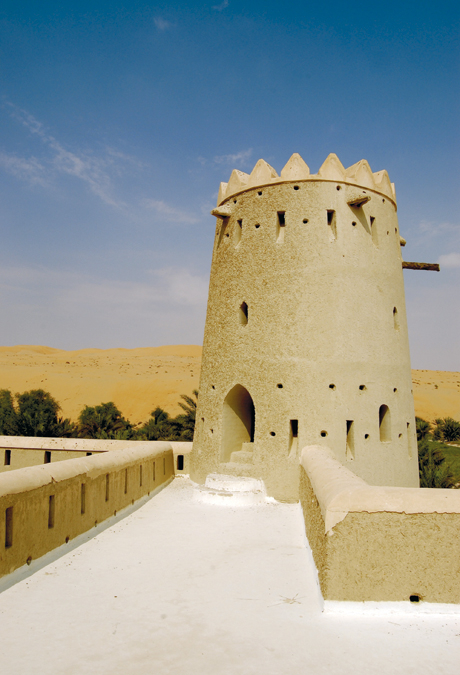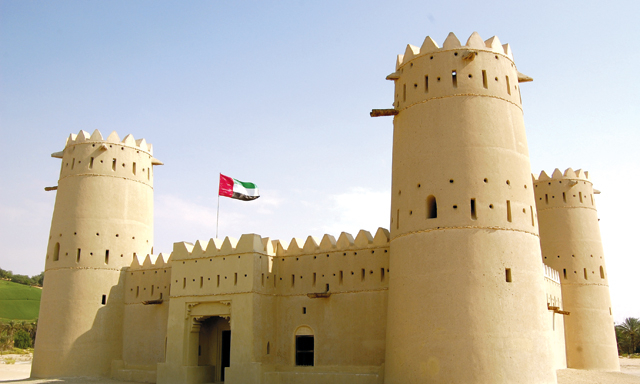
The wild coffee bushes took a fortnight to produce enough for one cup. Leigh had been involved with stocking Biosphere 2 with wild plants, but many of the food crops were too slow or too labour-intensive to be worthwhile. “We really could have used more calories,” says Linda Leigh, another biospherian. There were speeches and fireworks as the jumpsuited volunteers (four women, four men, all white) sealed themselves in for the two-year journey into the unknown.Īfter a stable start, problems began to emerge. The media descended on the $150m Arizona facility, all gleaming white panels and ziggurats of glass, filled with forests, deserts, laboratories, recycling systems, pigs, chickens, hummingbirds, bush babies, and even a coral reef. The Biosphere 2 launch was staged like a space mission. Helpfully, Allen and co had a benefactor: Ed Bass, an oil billionaire from Texas, whose own journey of self-discovery had brought him into Allen’s orbit. For a generation that came of age with the moon landings and such films as 2001: A Space Odyssey and Silent Running, this was not a particularly far-fetched notion.
#A tale in the desert 8 how to
If humankind was going to settle other planets, they reasoned, it would need to learn how to replicate Earth.

Having learned how these worked, they were ready to build their own.

They sailed around the world for several years, researching the Earth’s ecosystems. Their chief designer was a 19-year-old student with no experience of boatbuilding, but it proved perfectly seaworthy. In 1975, they even decided to build a ship. They founded an art gallery in London (it is still running) and bought another ranch in Australia. They turned their desert ranch into a self-sufficient homestead, planting trees and raising buildings, including a Buckminster Fuller geodesic dome. We’d accomplish one thing, then say, ‘What’s the new challenge?’ He was forever upping the ante.” And frankly, he was a very charismatic guy. “He had a great feel for both ecology and theatre. “He was a ball of energy,” says Nelson, who joined Allen’s troupe around that time, when he was 22. In 1969, Allen’s troupe relocated to New Mexico and founded Synergia Ranch, named after the great architect Richard Buckminster Fuller’s concept of synergy, where the whole is greater than the sum of its parts. They didn’t actually know how to do any of it, save for staging somewhat freeform performances, but “learn by doing” was Allen’s philosophy – and it took them surprisingly far. Art? Business? Ecology? Technology? In classic counterculture fashion, they decided: “Let’s do all of it!” As the name suggests, they wanted to change the world but weren’t sure where to start.

He founded an idealistic performance group called the Theatre of All Possibilities. Already in his 40s by then, Allen was something of a renaissance man: a Harvard graduate, a metallurgist, a union organiser, a beat poet, and a traveller studying indigenous cultures. Photograph: John Miller/APīiosphere 2’s origins lie in late-1960s San Francisco, and a man named John P Allen. Ziggurat … the futuristic Biosphere 2 complex in the Arizona desert.


 0 kommentar(er)
0 kommentar(er)
